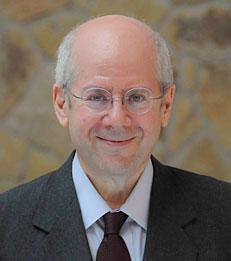Managing Disinflations

Overview: In “Managing Disinflations,” NYU Stern Clinical Professor Emeritus Kim Schoenholtz and co-authors analyze how central banks can lower inflation to their 2% target while minimizing the costs of disinflation.
Why study this now: The surge of inflation since 2020 surprised major central banks. Beginning in 2022, the U.S. Federal Reserve (Fed) began to raise its policy rate to lower inflation. Yet, inflation today remains well above the U.S. central bank’s 2% target. In this paper, the authors conduct both a historical analysis and a model-based analysis to assess what policymakers will need to do to lower inflation to target, and what economic sacrifice that disinflation will entail.
What the researchers found: The researchers concluded that:
- There is no historical precedent for achieving such a large, central-bank-induced disinflation that is not accompanied by a recession.
- Premature easing of monetary policy increases the ultimate costs of disinflation.
- Reducing inflation to the Fed’s 2% target will likely require higher interest rates in 2023, with policy rates also likely to stay high longer than financial markets anticipate.
- The alternative of raising the Fed’s inflation target would be even more costly over time than trying to restore inflation to the 2% target by 2025.
- In the future, the best way to manage disinflation is a preemptive monetary policy that prevents a tight labor market from raising trend inflation above target in the first place.
Key Insight: The Federal Reserve “likely needs to tighten policy further, and to maintain monetary restraint for some time.”
“Going forward, provided policymakers maintain a restrictive stance through 2023 and possibly beyond, the Fed appears to be on track to approach the 2% inflation target within a reasonable horizon,” said the researchers. “At the same time, our historical analysis and modeling exercise lead us to conclude that the Federal Reserve and other key central banks will find it difficult to achieve their disinflation goals without a significant sacrifice in economic activity.”
